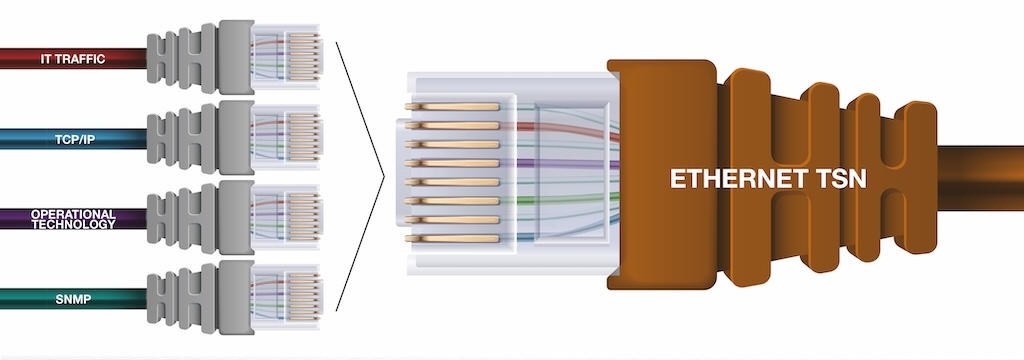There are six basic principles by which an anchor develops its holding power in concrete: friction, keying, threading, adhesion, welding to rebar, and embedding in concrete. Friction: The tensile load is transferred to concrete by friction, with an expansion force necessary for this action to take place.
There are six basic principles by which an anchor develops its holding power in concrete: friction, keying, threading, adhesion, welding to rebar, and embedding in concrete.
Friction: The tensile load is transferred to concrete by friction, with an expansion force necessary for this action to take place. The force can be produced by driving an expansion plug into an anchor.
In an expansion anchor, an expansion force is exerted against the wall of the hole as a result of the displacement of a cone relative to a sleeve. Longitudinal force is transmitted from the anchor to the concrete by friction.
At the same time, the expansion force causes permanent local deformation of the concrete. The sleeve keys into the concrete, providing a second source of holding power.
Keying: The tensile load is in equilibrium with bearing forces acting on the concrete, such as an undercut anchor.
Threading: A special drill bit makes the correct size hole in concrete. The anchor bolt has dual threads that cut into the concrete and provide a full grip. Since there are no expansion forces, this anchor can be installed closer to an edge.
Adhesion: A synthetic resin fills the annular space around the anchor and provides adhesive bonding to the anchor and the wall of the drilled hole. Transfer of the tensile load takes place through shear stresses into the concrete. For adhesive anchors, there is, in addition to bonding, a local keying as the adhesive infiltrates into the pores of the concrete.
Welding: Anchors are spotted in place and welded to rebar. Concrete is poured around the anchor and rebar. This approach is one of the strongest mounts and does not project above the surface of the floor. While there is some adjustment in the anchor, accurate location is important.
Embedding : A fixed or adjustable hook bolt is inserted into freshly poured concrete and placed in location. This approach is a simple way to provide a machinery anchor. Load capacity depends on concrete strength, and the mounts can’t be easily removed.
Anchors derive their holding power through a combination of these working principles.
Failure modes
The weakest aspect of an anchoring system determines the failure mode. The failure mode depends on the type of anchor, concrete strength, depth of embedment, load, edge distance, and spacing between anchors.
For mechanical anchors, the failure modes under tension loading are steel breakage, concrete cone failure, concrete splitting, edge breakout or pullout (including any expansion sleeve), or pull through (when the anchor shaft pulls through the expansion mechanism).
For adhesive-bonded anchors, the failure mode is bond failure along the concrete/adhesive interface or along the adhesive/anchor rod bond line. Many times a shallow concrete cone accompanies the bond failure. This failure is a secondary, not controlling problem. For shallow embedments, adhesive anchors may fail with a concrete cone breakout.
The failure modes in shear for both mechanical and adhesive anchors are steel breakage, back pryout of the anchor (usually with shallow embedments), or edge breakout.
Capacity
The primary factors that directly affect the load-carrying capacity of anchors are embedment depth, edge distance, spacing between anchors, and concrete strength. Testing is performed in different concrete strengths and embedments to develop tables of ultimate load capacities for most common installation conditions.
Intermediate load values for other concrete strengths and embedments can be determined by linear interpolation.
Edge distance
If anchors are installed near an edge, there may be a reduced volume of concrete to resist the load. The closest point near an edge where there is no influence or reduction of anchor capacity is called the critical edge distance .
For distances less than the critical edge distance, reduction factors are applied to obtain the reduced capacity.
The minimum edge distance is the minimum distance an anchor can be properly installed and the specified torque applied without a concrete edge failure. Anchor technical data gives edge load adjustment factors by table, equation, and graph.
Joseph L. Foszcz, Senior Editor, 630-320-7135, [email protected]
PLANT ENGINEERING magazine extends it appreciation to Deco Mfg. Co., Hilti Corp., Powers Fasteners, Inc., Simpson Strong-Tie Co., Inc., and Unisorb for the use of their material in the preparation of this article.
Anchor tension ranges
Type
Bolt size range, in.
Load range, lb
Friction
1/4 – 11/4
360 – 9500
Keyed
3/8 – 11/8
3400 – 9000*
Threaded
1/4 – 3/4
380 – 5600
Adhesive
1/4 – 11/2
400 – 43,000
Embedded
1/2 – 11/4
1900 – 13,000
Welded
1/2 – 3
4000 – 170,000
Capacities based on 4000-psi concrete and a safety factor of 4, unless noted.*2500-psi concrete and a safety factor of 3.
More info
Deco Manufacturing Co. DECOanchors.com
Hilti, Inc. us.hilti.com
ITW Ramset/Redhead ramset/redhead.com
Mason Industries mason-ind.com
Powers Fasteners, Inc. powers.com
Simpson Strong-Tie Co., Inc. strongtie.com
Royal Products royalprod.com
Unisorb Installation Technologies unisorb.com



